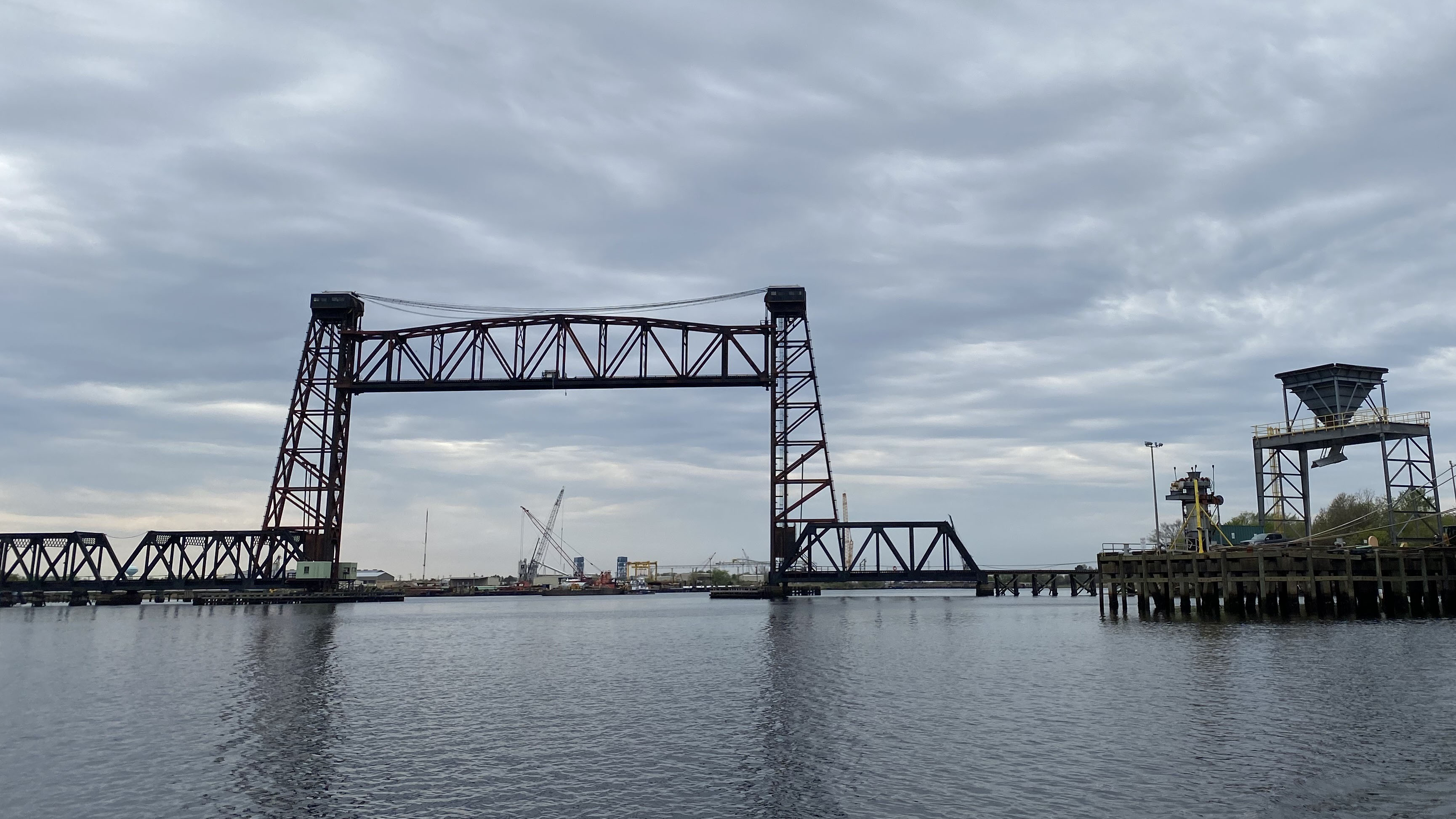
A lot of Chesapeake’s waterfront along the Elizabeth River has historically been used for heavy industry.
Enterprises like shipbuilding and gas terminals set up shop there to take advantage of access to the Chesapeake Bay and local ports.
But officials say they now want to better connect the industrial waterfront to the rest of the city without pushing out existing businesses.
“A lot of places across the country are figuring out what to do with aged and falling-out-of-use industrial areas and how do we redevelop that into something new,” Lucy Stoll, Chesapeake’s comprehensive planning administrator, said last year. “But in Chesapeake, we're saying, ‘No, this is still good and has room for growth.’”
Over the past year, Stoll’s team has been studying how to encourage that growth while also improving public access and resilience on the waterfront.
City leaders are now weighing whether to adopt the resulting report into Chesapeake’s larger Comprehensive Plan, which guides development and land use decisions through 2035.
“High demand for waterfront industrial, residential, commercial, and recreational uses requires a balanced approach,” city staff wrote in the new study.
Such an approach, they say, should prioritize space for industrial businesses that are crucial to the tax base while also connecting the community to the river.
Chesapeake has the most industrial land in the region, according to the report, with 12 square miles currently in use.
The city has advantages for waterfront industry like sites with deepwater draft and rail access, and those should be preserved long-term, officials wrote. But other sites without the same access could have better uses like mixed-use development.
“Consolidating industry to a more compact area also helps justify infrastructural projects … by increasing the number of facilities that would benefit from infrastructure projects,” the report says. “For industries to move, a fair exchange of land is necessary.”
However, maintaining a good amount of waterfront space for industry is also crucial. The report notes Chesapeake could attract the growing offshore wind industry, for example, which would demand large, contiguous sites for construction and staging of turbines.
The study encompasses a large area surrounding the Elizabeth River’s Southern Branch, including parts of South Norfolk, Deep Creek and Great Bridge. There are only a few spots along that stretch where residents can access water.
About half of the residents surveyed said they do not spend time on the waterfront, and want more opportunities to do so through parks, trails, restaurants and boat or kayak launch points.
There are already examples of Chesapeake converting old industrial land to green space. A new 88-acre park called Newton Neck opened along the Elizabeth River near the Veterans Bridge in 2022, funded by state grant money and a local conservation land trust.
Resilience was another focus of the report. Stoll said they wanted to look at future impacts on these industrial areas over the next several decades.
“What are the things that make sense for us to do in terms of resilience and adaptation to bolster both the industrial areas and the communities?” she said. “There are going to be these critical overlapping points where we can make changes to protect both.”
The city says most of its industrial land is above the typical floodplain, even with 4.5 feet of projected sea level rise.
But many waterfront residential properties are at a lower elevation. About 70% of residents told the city they had experienced flooding in the area.
Staff recommend solutions like building living shorelines, planting trees and raising roads.
But they also acknowledge Chesapeake should be prepared to move away from certain areas that have high flood risk, and instead encourage development on higher ground.
“Creating receiving areas for residents and businesses displaced by future sea level rise and increased flood risk will allow for local shifts in population and ensure the long-term growth and safety of the city,” the report says.
The Chesapeake Planning Commission will vote Wednesday night on changes to the city’s Comprehensive Plan to incorporate the study. The city is accepting public comments on the draft until then.


